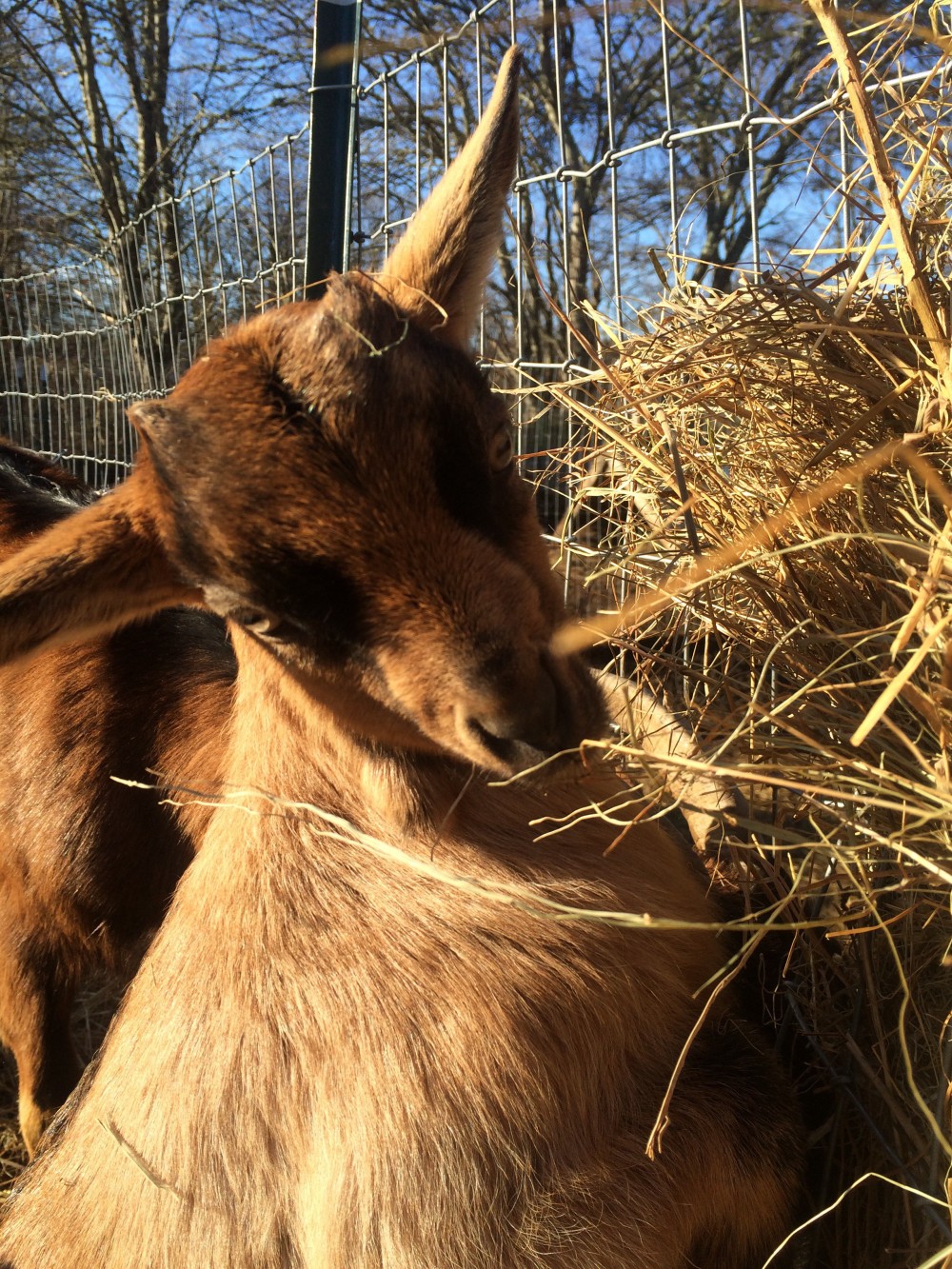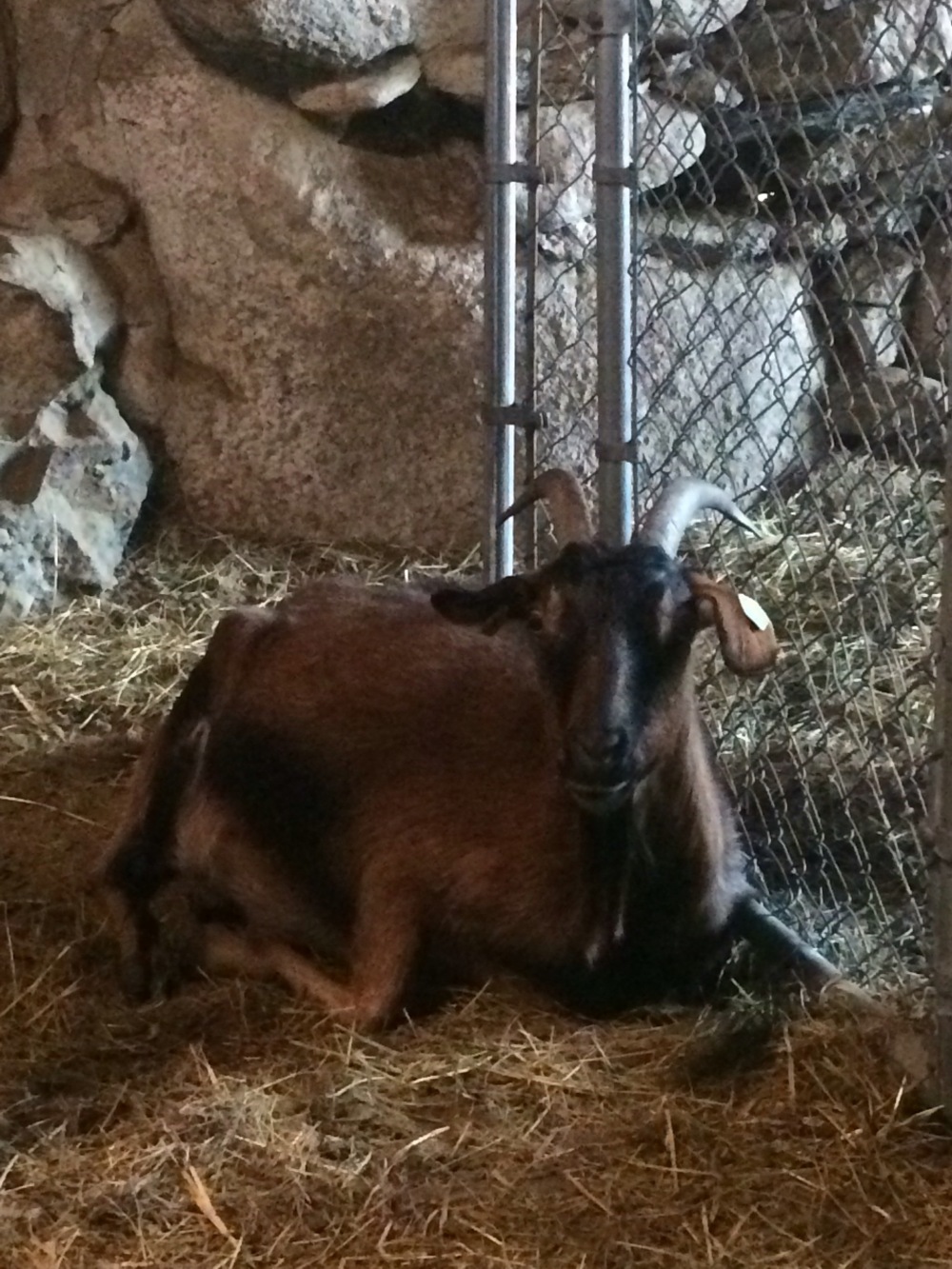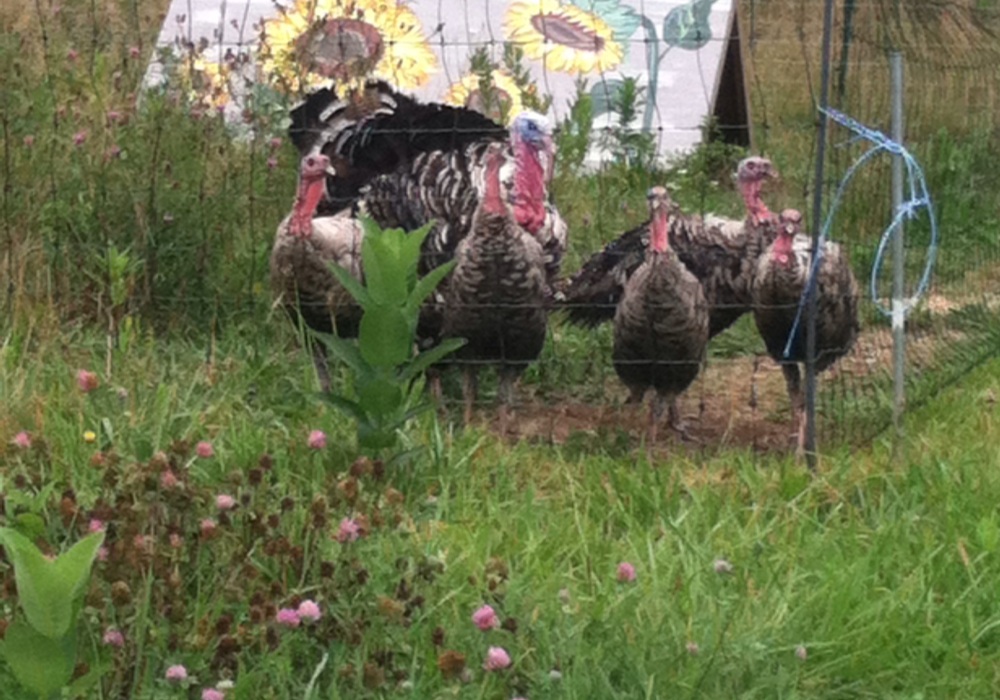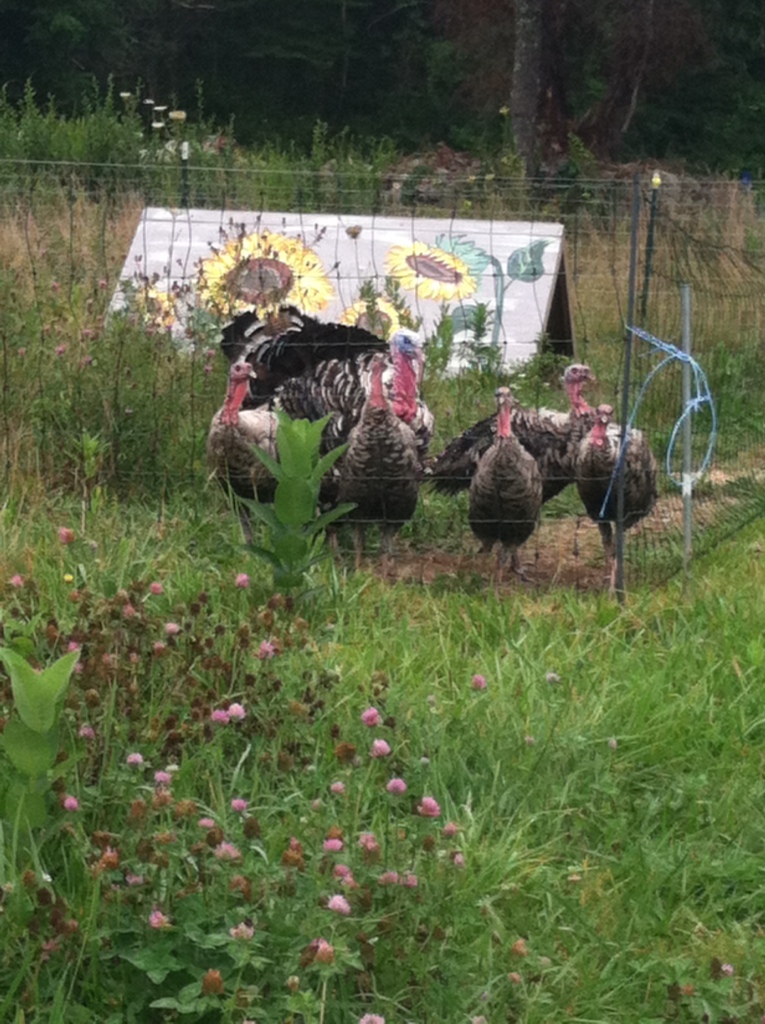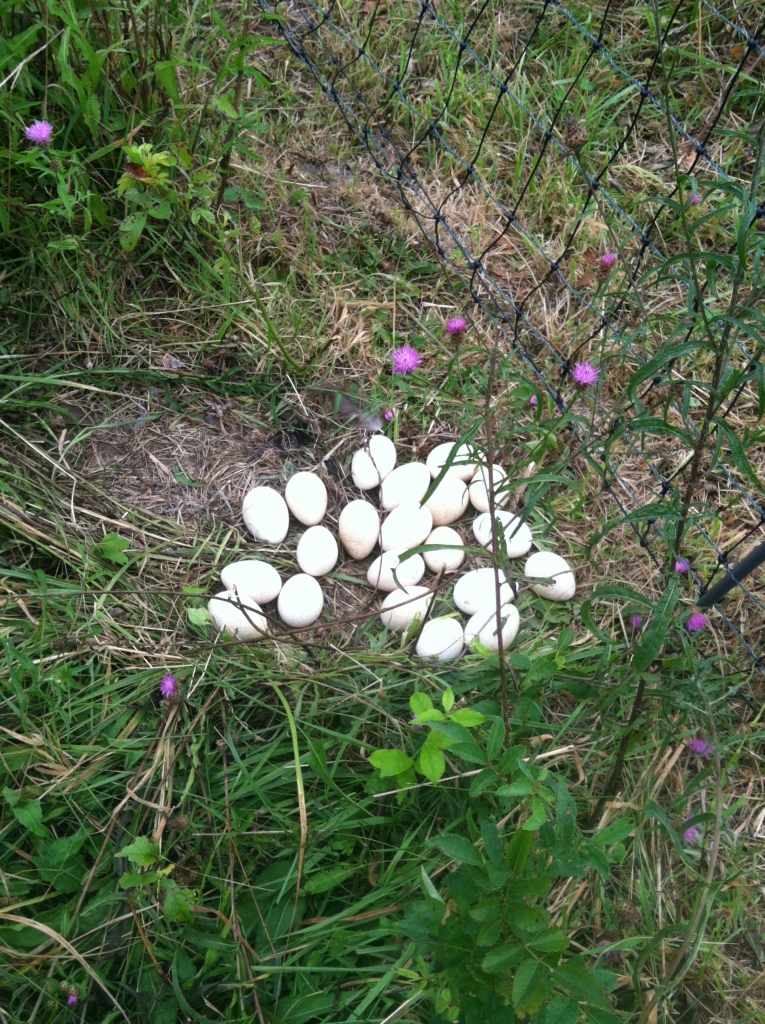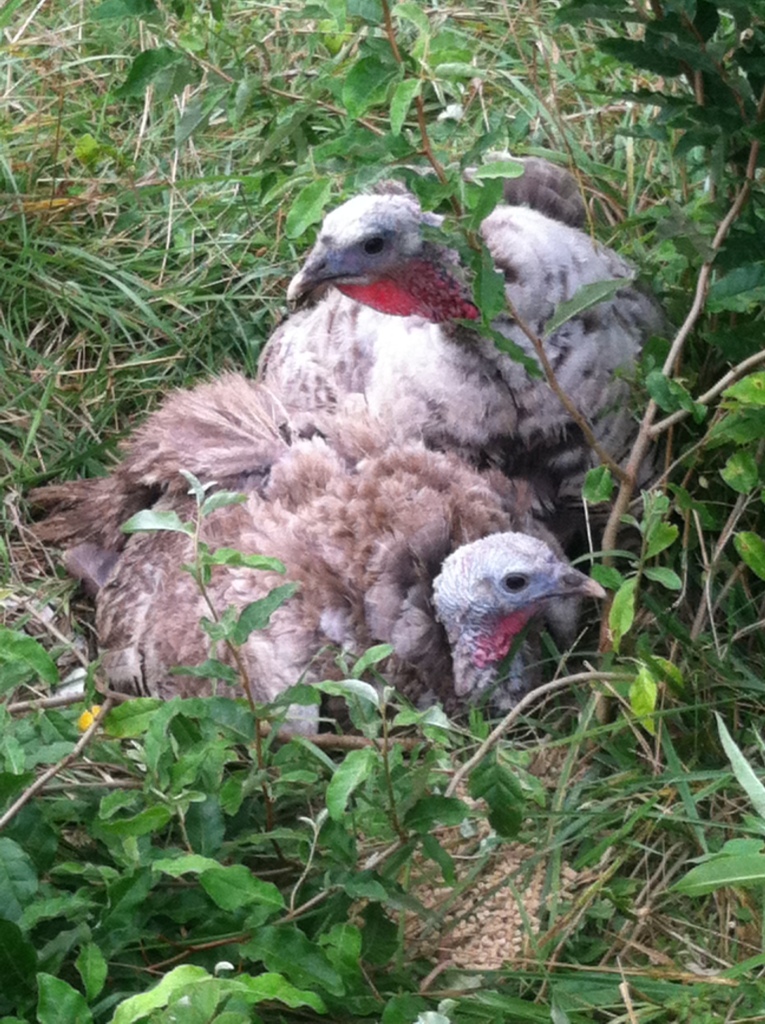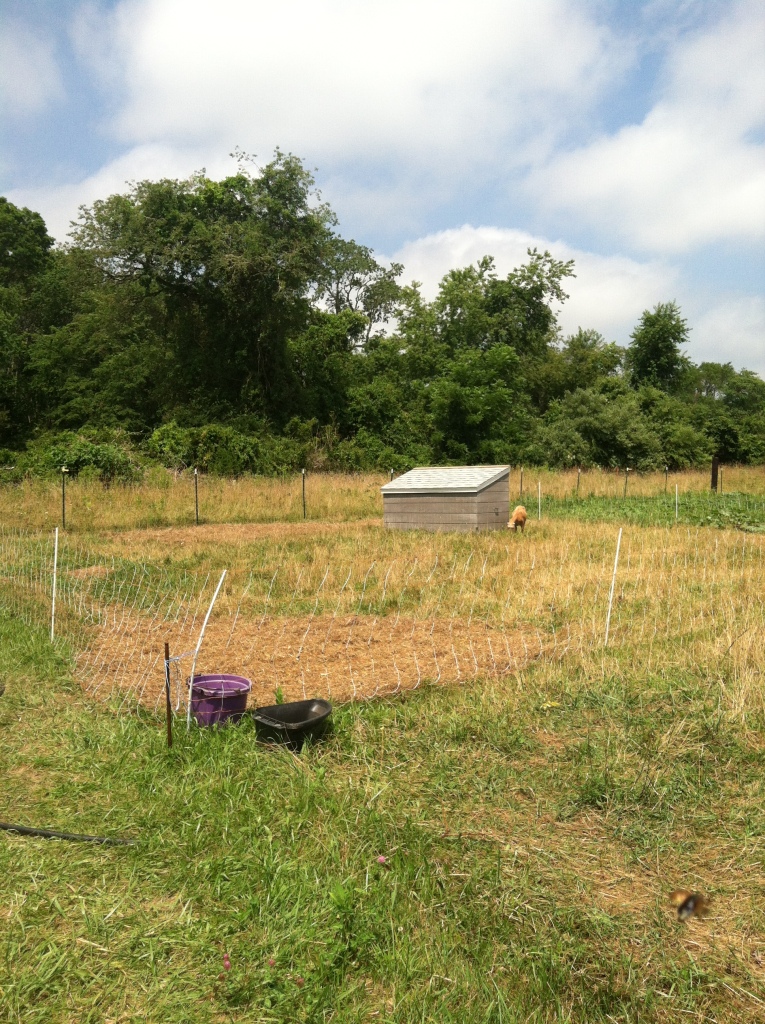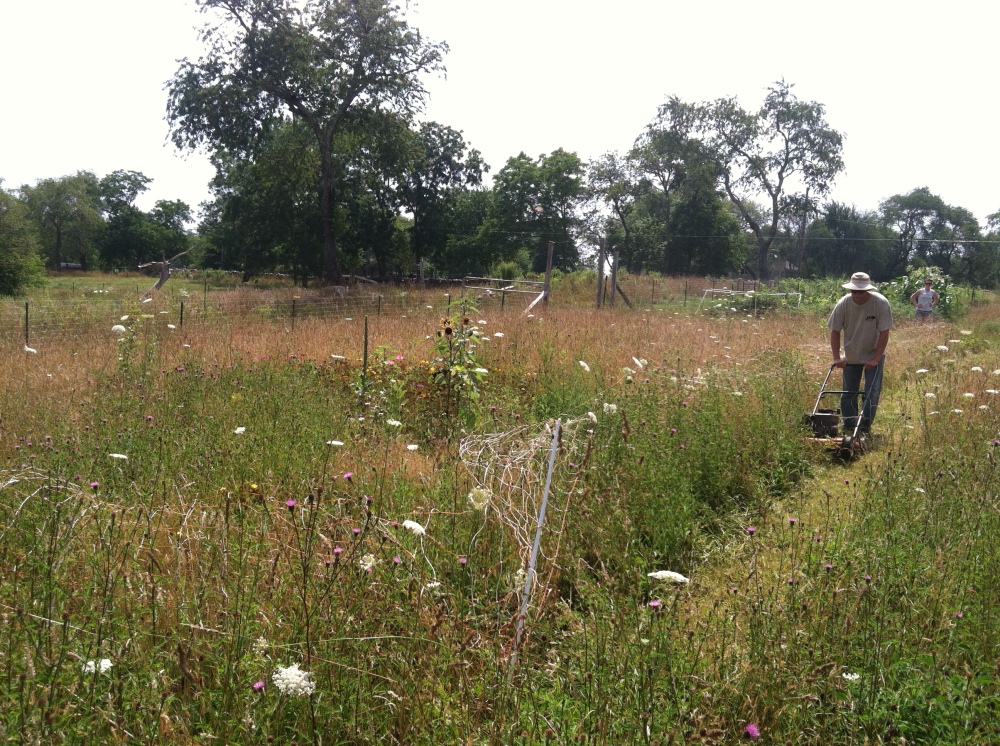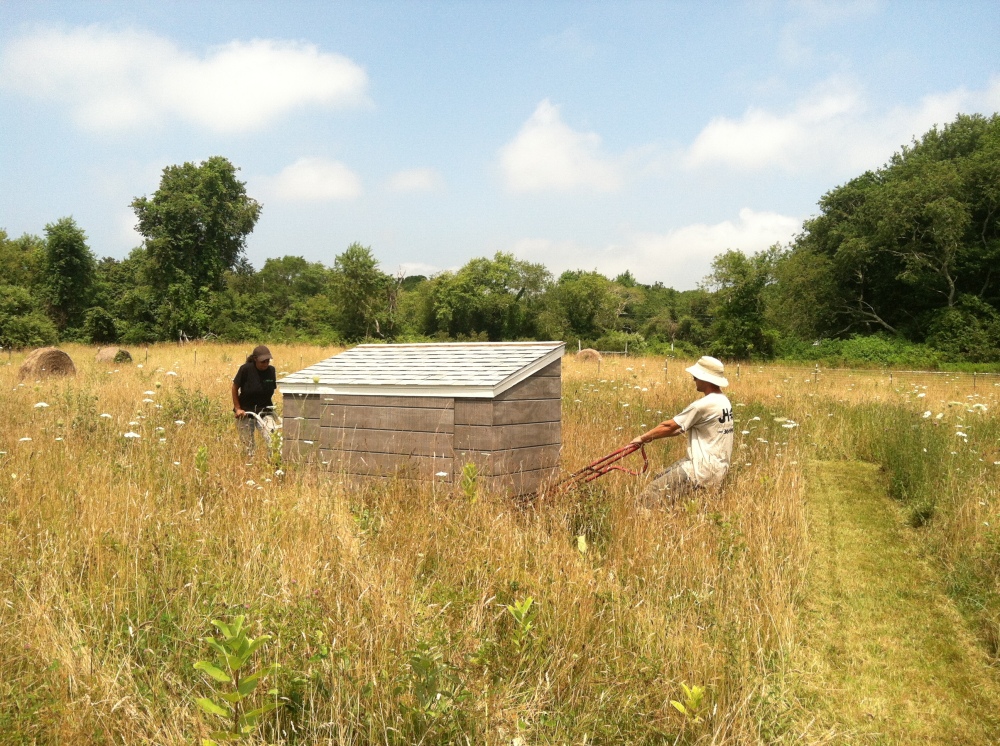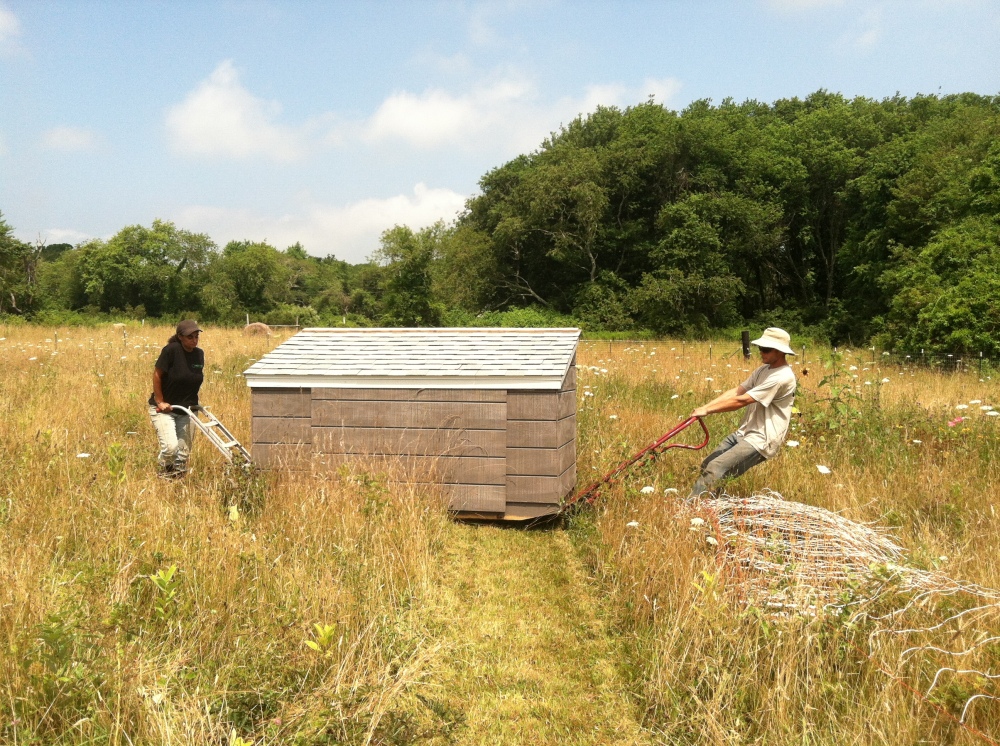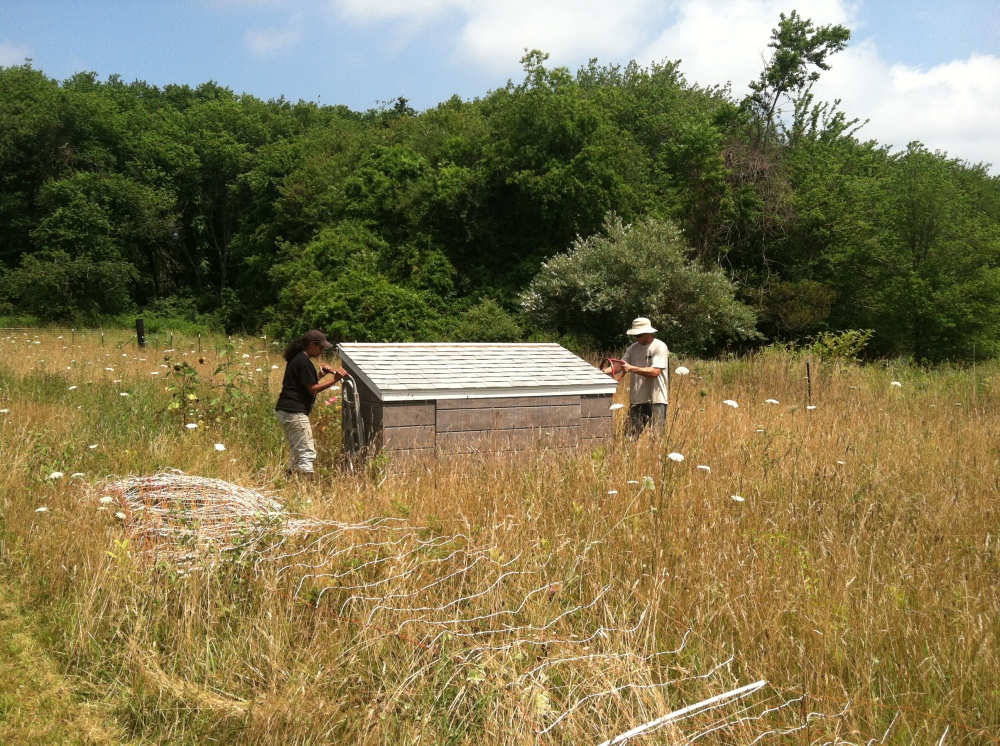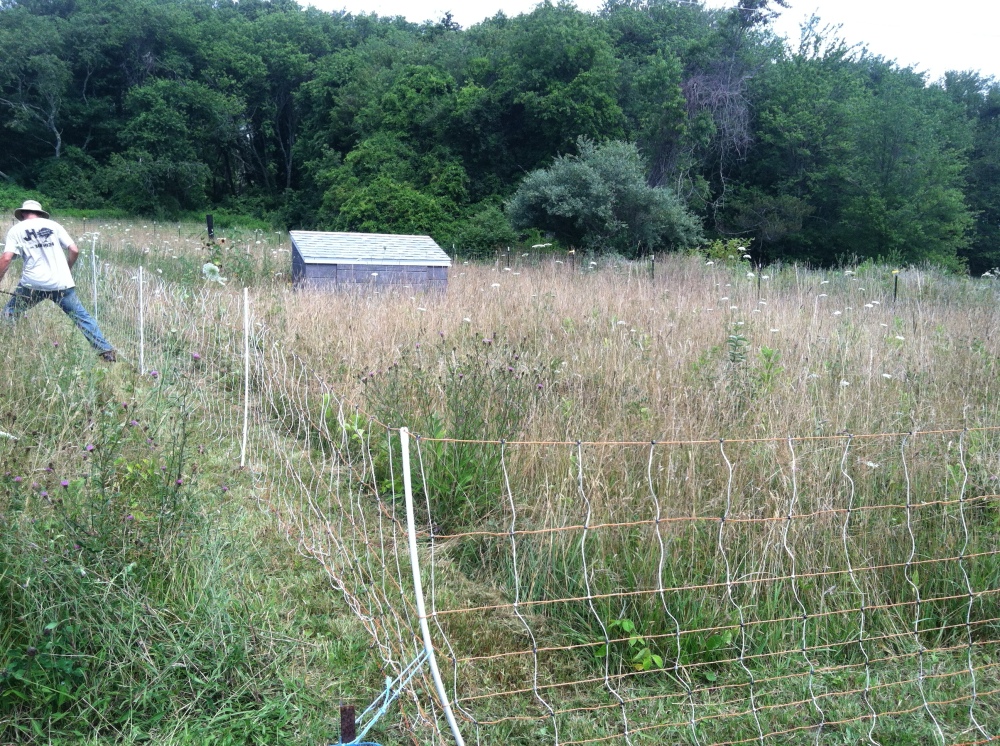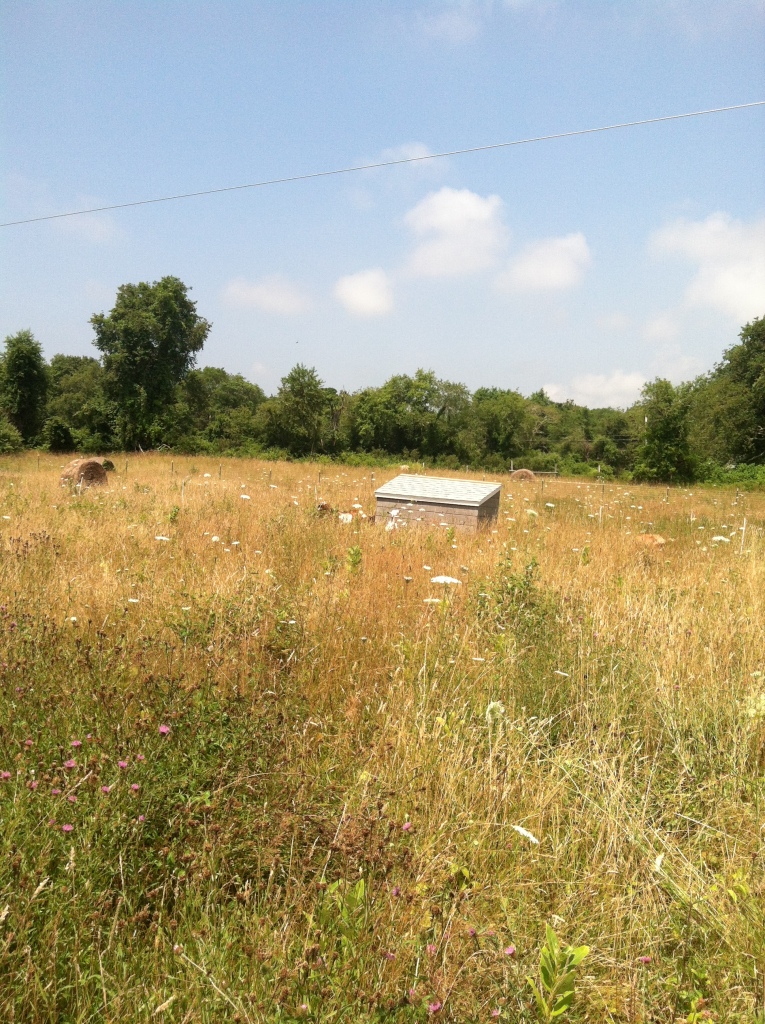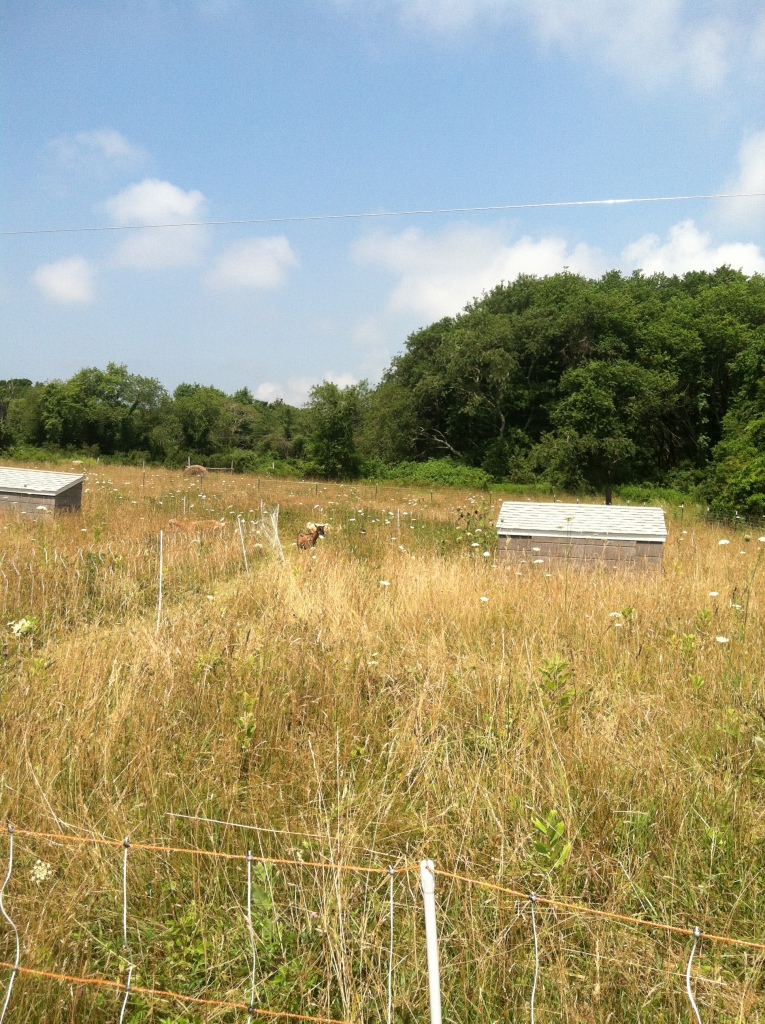Silk Tree Farm is a small farm, located in Little Compton R.I. All of our animals are raised on pastures that we lease along with a farmhouse, on property that is under a conservation easement with the Nature Conservancy. Our focus is to raise healthy happy animals.
Here at Silk Tree Farm we are committed to raising Heritage Breed Livestock. We believe it is vital to preserve these animals in order to protect our food system. ~Cathy B, Owner & Founder
If you visit the farm you will find that we have a variety of animals. It all began with Nigerian Dwarf goats, that we raised and bred. These wonderful animals are known for their gentle nature and high butterfat content in their milk. The milk they produce is what we use to make our handcrafted Natural Goat Milk Soaps.
You may also find Spanish Goats. In the spring of 2014 we purchased our starter herd of Spanish Goats from The Swiss Village Foundation located in Newport RI. This Spanish breed of goat is known for their meat and for their brush clearing ability.
We also raise Red Wattle Pigs. They are known for being making the Livestock Conservancy threatened list and their unique wattles. Also, they are listed on the Slow Food Arc of Taste as being prime pork. We are hoping to have pork available late summer to the fall of 2015.
Lastly,our farm is home to Narragansett Turkeys, Black Jersey Giant Chickens, and Dorking Chickens. Both of these heritage chicken breeds are known for quality meat and egg production.
If you would to purchase our handcrafted products, they are available in stores, online http://www.silktreefarm.com/ , and at local farmers markets.
- All Natural Goat Milk Soap Bars
- Liquid Goat Milk Hand Soap
- Body Wash
- Goat Milk Shampoo
- Hand Poured Soy Wax Candles
#silktreefarm #heritagebreeds #goatsmilk #farmlife #rhodeisland #sustainability #PastureRaisedLivestock #farmers markets

